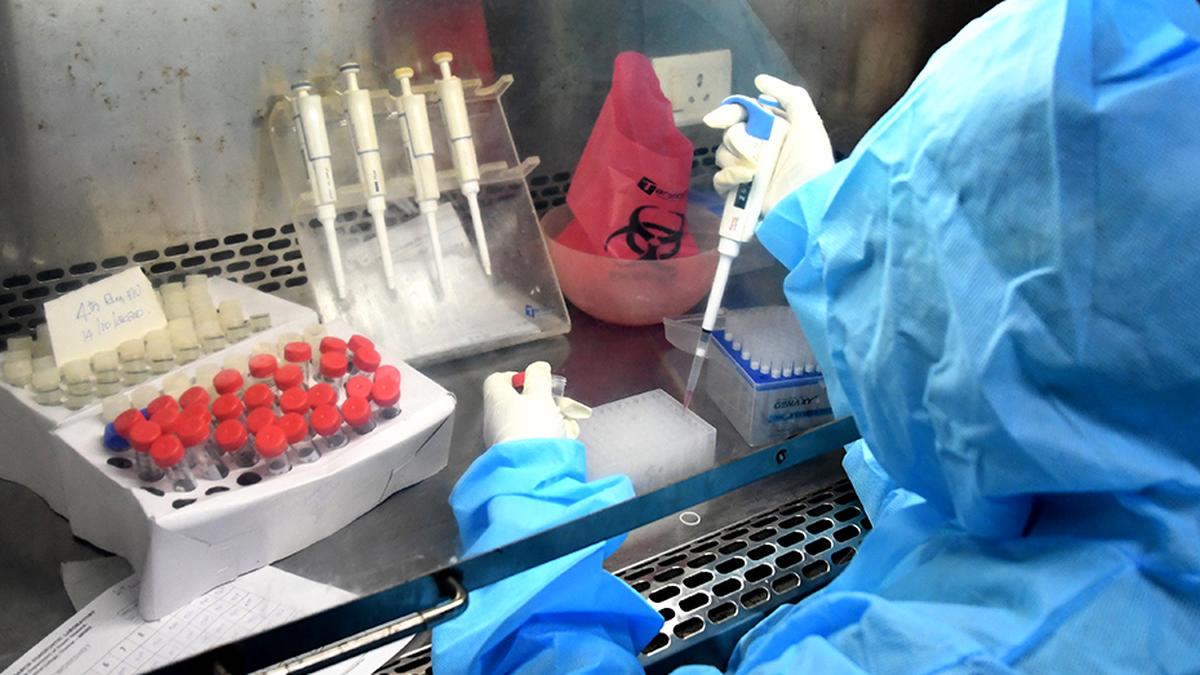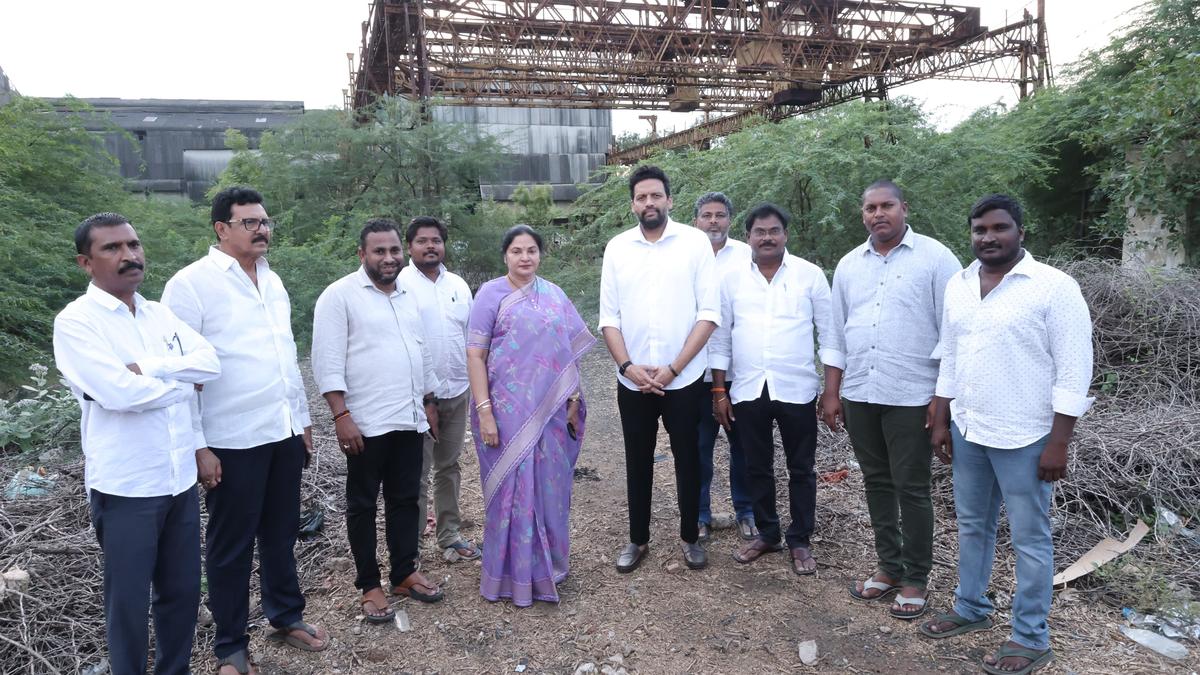Now Reading: COVID-19 Cases Spiked in Late May, Declined Post June 13: Rajya Sabha
-
01
COVID-19 Cases Spiked in Late May, Declined Post June 13: Rajya Sabha
COVID-19 Cases Spiked in Late May, Declined Post June 13: Rajya Sabha

Swift Summary
- Covid-19 cases in India surged at the end of May 2025,peaking around June 13 before declining considerably,as stated by Minister of State for Health Prataprao Jadhav in Rajya Sabha on June 22.
- most cases reported across States and UTs were mild and resolved independently.
- WHO issued a Disease Outbreak News (DON) on May 28, highlighting increased global SARS-CoV-2 activity as mid-February, including in India.
– The emerging NB.1.8.1 (Nimbus) and XFG variants do not pose additional public health risks compared too other Omicron descendant lineages based on available evidence.
– Global Covid-19 trends align with those observed during the same period last year.
- india’s Ministry of Health issued advisories on may 29 requesting States and UTs to:
– Review hospital preparedness with focus areas like essential drugs, PPEs availability, oxygen supplies, ICU beds, isolation facilities.- Monitor Influenza-like Illness/Severe Acute Respiratory Illness trends while conducting Covid tests using revised surveillance guidelines.- Refer sufficient samples for genomic sequencing analysis.
– Undertake mock drills to assess overall healthcare readiness involving infrastructure capacity and workforce resources.
Indian Opinion Analysis
The latest data underscores india’s growing ability to manage periodic surges in Covid cases effectively within its healthcare framework while adapting globally recognized strategies for routine monitoring and preparedness. The containment measures-spanning from surveillance improvements to hospital infrastructure enhancement-reflect lessons learned from previous waves of the pandemic.
India’s proactive approach in genomic testing is commendable as it ensures prompt identification of emerging variants that could potentially threaten public health security. Together working with robust advisory systems fosters both localized responses by states/UTs and centralized oversight capabilities.
WHO’s risk assessment adds an crucial dimension: despite the rise in variant reporting such as NB.1.8.1 (Nimbus), no disproportionate escalation beyond regular year-on-year patterns has been observed globally or nationally so far-a reassuring factor amidst continued vigilance efforts.
For policymakers moving forward, mounting an efficient response toward respiratory illnesses more broadly will ensure sustainable longer-term capacity-building across all critical facets essential during pandemics or outbreaks alike.
Read more: The Hindu





















